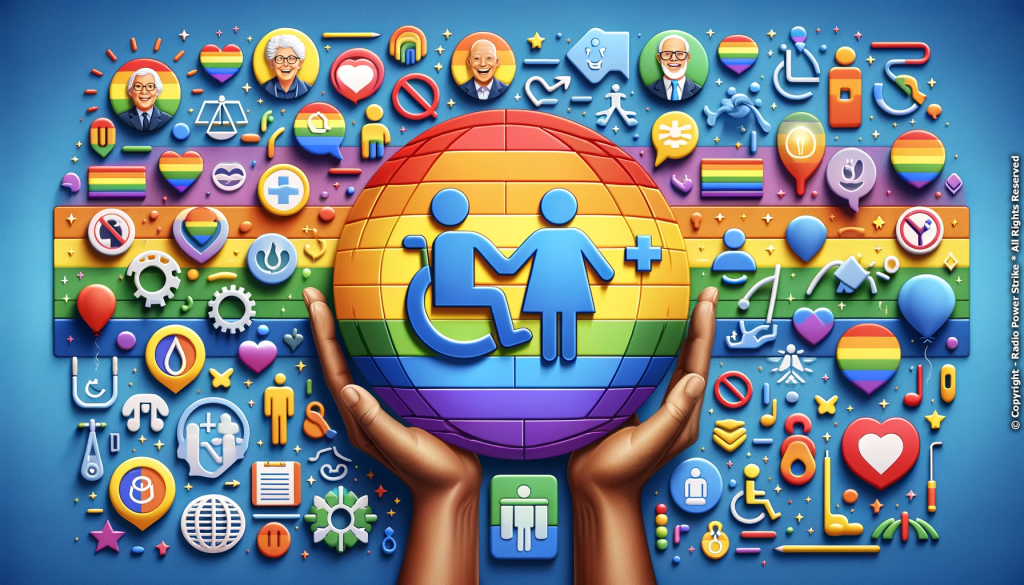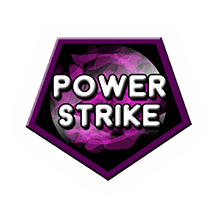The Intersection of Disability and LGBTQIA+: Challenges and Triumphs
Navigating Dual Identities in a Complex Social Landscape

The rich tapestry of human identity is woven from multiple threads, each representing diverse experiences and backgrounds. Among these, the intersection of disability and LGBTQIA+ identities presents a unique set of challenges and triumphs. Those at this crossroads navigate societal biases related to both their disability and their queer identity. Recognizing their journey, we can deepen our understanding of the complexities of intersectionality and amplify their voices.
Understanding the Unique Challenges of Dual Identities
Being part of the LGBTQIA+ community or having a disability, individually, brings its set of societal challenges. When these identities overlap, the challenges can multiply. For instance, accessing LGBTQIA+ spaces that aren’t disability-friendly or facing compounded stigmas from both inside and outside the LGBTQIA+ community can be daunting.
However, the resilience of these individuals shines through. A notable example is Ryan O’Connell, an openly gay and disabled writer who candidly shares his experiences in his series “Special,” highlighting the nuanced challenges and joys of his dual identity.
Further, health care disparities emerge prominently, with many facing barriers in accessing appropriate medical care that respects both their disability and sexual or gender identity.
Celebrating the Triumphs and Strengths of the Community
Despite the myriad challenges, the intersection of disability and LGBTQIA+ identities also births triumphs. Communities form, advocating for accessibility in queer spaces and queer acceptance in disabled spaces, bridging the gaps of understanding.
An inspiring example is the annual QueerAbility Pride event, which celebrates both LGBTQIA+ and disability identities. Events like these not only foster solidarity but also challenge society’s limited notions of what it means to be queer or disabled.
Moreover, the shared experiences of navigating societal biases equip many at this intersection with heightened empathy and advocacy skills, further enriching the LGBTQIA+ community and the disability community alike.

Amplifying Voices and Broadening the Discourse
The stories of those who identify as both LGBTQIA+ and disabled are invaluable in broadening society’s understanding of identity. By amplifying these narratives, we not only recognize their challenges but also celebrate their invaluable contributions.
Elliot Page, who identifies as transgender and has spoken openly about mental health challenges, serves as a beacon for many, demonstrating that success and authenticity aren’t mutually exclusive. His journey highlights the importance of creating spaces where dual identities are not just accepted but celebrated.
By spotlighting such stories, we can combat ignorance, build bridges of understanding, and ensure that both the LGBTQIA+ and disability communities become more inclusive and aware of their overlapping members.
At the confluence of disability and LGBTQIA+ identities, we find a vibrant community filled with challenges, triumphs, and invaluable stories. By recognizing their unique experiences, we not only further our understanding of human diversity but also pave the way for a world that celebrates every individual’s multifaceted identity.


Comments are closed, but trackbacks and pingbacks are open.